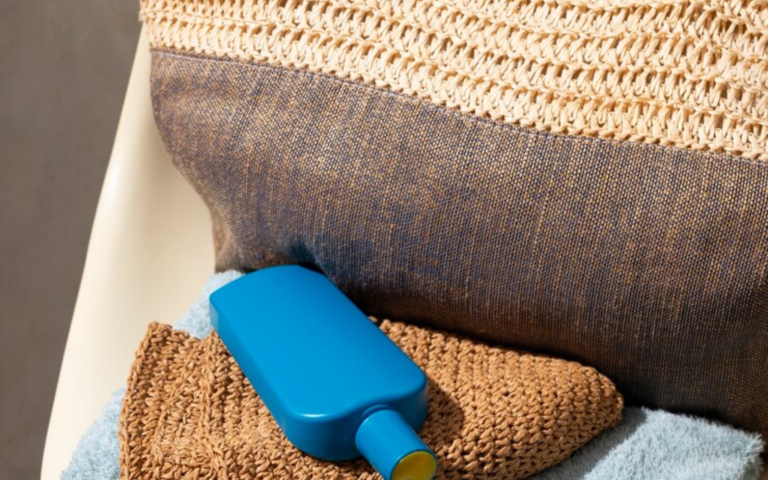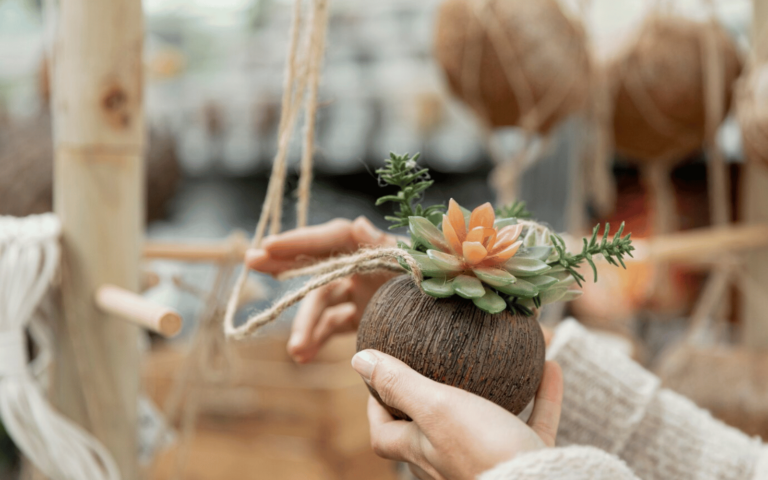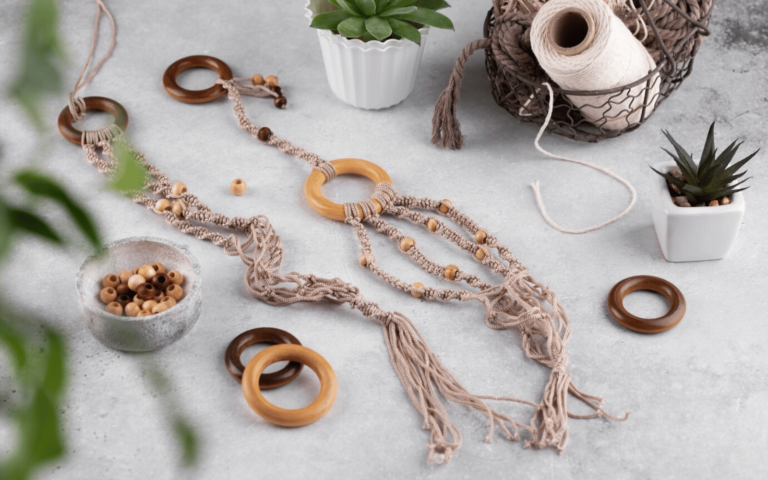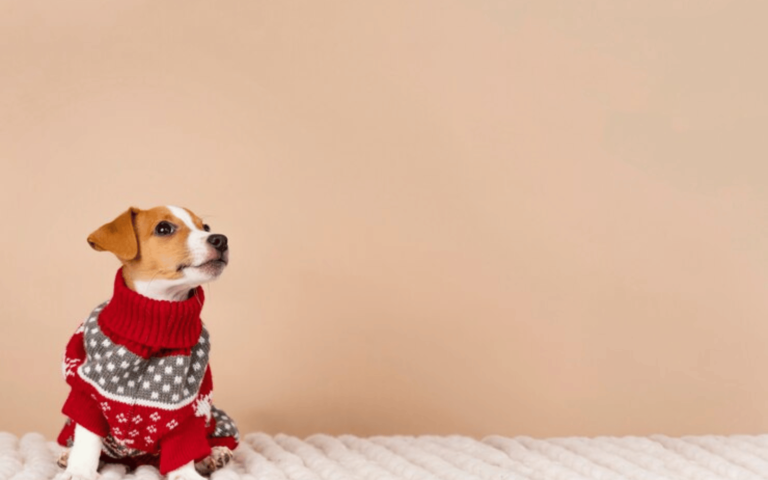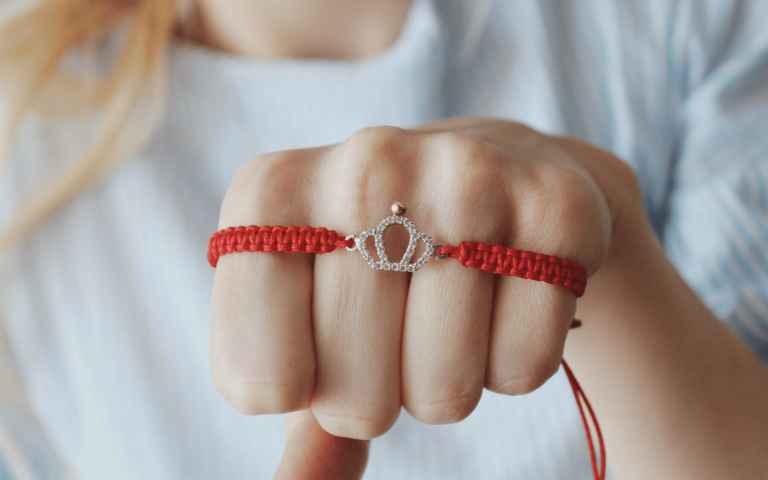Fringe Detail Accessories – Guide to Enhancing Elegance
Fringe details have long been a hallmark of distinctive style in the realm of fashion and craftsmanship. This decorative trim, characterized by its dangling threads or strips, adds a unique texture and visual appeal to a variety of accessories. The allure of fringe detail lies in its dynamic movement and versatility, making it a popular choice for designers and DIY enthusiasts alike. The application of fringe detail is not just a modern trend; it has historical roots that span across various cultures and time periods. These ornamental threads have been used to signify status, celebrate heritage, and simply add beauty to everyday items. Today, fringe details are seen on everything from bags and scarves to jewelry and home décor items, showcasing their wide-ranging appeal.
The history of fringe detail in accessories is as rich and varied as the cultures that have embraced it. Historically, fringe served not only as a decorative element but also as a symbol of status and identity. In ancient Egypt, for instance, fringed garments were a staple in the wardrobes of the elite, symbolizing wealth and strenght. Native American cultures used fringe in clothing and accessories as a practical element for repelling rainwater and also as a decorative symbol in ceremonial attire. During the Victorian era, fringe details saw a resurgence in popularity, adorning everything from clothing to home furnishings. This era’s fascination with intricate details and ornate designs made fringe a fitting embellishment. The roaring 1920s further revolutionized fringe detail, with flapper dresses adorned with long, flowing fringe becoming a symbol of rebellion and freedom. The historical journey of fringe detail reveals its adaptability and enduring appeal. Each era has reinterpreted fringe in ways that reflect its own aesthetic and cultural values. This deep-rooted history provides a rich backdrop for contemporary designers and craftspeople, who draw on these traditions to infuse modern accessories with a sense of history and depth.
Fringe Detail in Craftsmanship Accessories
Fringe details in craftsmanship accessories come in a variety of styles and materials, each offering a unique aesthetic. Maximum common sorts include bullion fringe, looped fringe, and tassel fringe. Bullion fringe, known for its twisted rope-like appearance, adds a regal touch to accessories. Looped fringe, with its series of loops, offers a softer, more fluid look. Tassel fringe, featuring hanging tassels, provides a playful and bohemian vibe. The choice of material also plays a significant role in the overall look of the fringe. Silk and velvet fringe exude luxury, while leather and suede fringe offer a more rustic, earthy feel. Yarn and cotton fringes, on the other hand, are versatile and can range from casual to elegant depending on their design and application.
When selecting fringe for an accessory, it’s important to consider the item’s style and function. For instance, delicate silk fringe may be perfect for an evening bag, while sturdy leather fringe could be more suitable for a bohemian-style purse. The color of the fringe should also complement or contrast with the main material of the accessory for the desired effect. Understanding the different sorts of fringe and their appropriate applications can elevate the design of any accessory. Whether aiming for understated elegance or bold statement pieces, the right fringe sort can make a significant difference in the final outcome.
How to Select the Right Fringe Detail for Your Accessories
Selecting the right fringe detail for your accessories is a step in achieving the desired aesthetic and functional outcome. When choosing fringe, consider the style of the accessory, the occasion it’s meant for, and the overall design theme. A formal evening bag, for instance, might benefit from elegant, silky fringe, while a casual boho-chic tote could be better suited to suede or cotton fringe. The weight and movement of the fringe are also important factors. Heavier fringe might work well on sturdy materials like leather, providing a luxurious and substantial feel. Lighter fringe, like those made of yarn or thin fabric, offers a more delicate and fluid motion, ideal for lighter accessories like scarves or shawls. Color coordination is another key aspect. Fringe can either blend seamlessly with the main color of the accessory or provide a striking contrast. For a harmonious look, choose fringe in a similar hue or a complementary shade to the main fabric. For a bold statement, opt for fringe in a contrasting color that stands out. Lastly, consider the maintenance and durability of the fringe. Some materials may require special Attention or may be prone to tangling or fraying. Ensure that the fringe you select aligns with the intended use and Attention level of the accessory.
Guide to Adding Fringe Detail to Accessories
Adding fringe detail to your accessories can be a rewarding DIY project. To start, gather the necessary tools and materials: the accessory you want to embellish, the chosen fringe, scissors, a ruler or measuring tape, and suitable adhesive or a sewing machine, depending on the method of application. First, measure the area of the accessory where you want to add the fringe. This will determine the length of fringe you need. Cut the fringe to size, allowing a little extra for adjustments. If the fringe is to be sewn, prepare your sewing machine with a thread color that matches or complements the fringe. Next, if you’re sewing the fringe, pin it in place along the edge of the accessory, making sure it’s evenly distributed. Sew the fringe to the accessory, taking Attention to keep the stitches neat and consistent. If you’re using adhesive, apply a thin, even layer of glue along the edge of the accessory, then press the fringe into place, holding it until the glue sets. After attaching the fringe, give it a final trim if needed to ensure all the strands are even. If the fringe is made of a material that can fray, such as cotton or yarn, apply a small amount of fray-check or clear glue to the ends to prevent unraveling.
Fringe Detail Craftsmanship Accessories: DIY Projects
DIY projects with fringe details offer a chance to create personalized and unique accessories. A simple project to start with is adding fringe to a plain scarf. Choose a scarf and fringe that complement each other in color and texture. Measure the length of the scarf’s edges and cut the fringe accordingly. Sew or glue the fringe to the ends of the scarf, and you’ve transformed a basic item into a stylish accessory. Another easy project is embellishing a tote bag with fringe. Select a tote bag and fringe that match your style. You can add fringe around the top edge of the bag or create a fringe panel on one side for a more dramatic effect. This project not only enhances the look of the bag but also adds movement and flair to an everyday item.
For those who enjoy jewelry making, consider creating fringe earrings or a fringe necklace. Use embroidery thread or thin yarn to create the fringe, and attach it to earring hooks or a necklace chain. These fringe jewelry pieces can range from subtle and delicate to bold and colorful, depending on your preference. Lastly, a fringe-adorned cushion cover can add a unique touch to your home décor. Choose a cushion cover and fringe that complement your interior design. Attach the fringe around the edges of the cover, and you have a custom, stylish addition to your living space.
Incorporating Fringe Detail in Various Accessory Sorts
Fringe detail can be incorporated into a wide range of accessory sorts, each offering a unique way to showcase this decorative element. Bags, one of maximum popular accessories for fringe details, can range from small clutches to large totes. Fringe can be added along the edges, as a feature on one side, or even as a tassel attached to the zipper or handle. Scarves and shawls are also perfect candidates for fringe details. Adding fringe to the ends of a scarf or along the edges of a shawl can transform these simple accessories into statement pieces. The fringe can be made from the same material as the scarf or shawl or from a contrasting material for added visual interest. Jewelry is another accessory category where fringe details can make a significant impact. Fringe earrings, necklaces, and bracelets can add a playful and bohemian touch to any outfit. These can be crafted from various materials such as beads, thread, or metal, allowing for a range of styles from elegant to casual. Home décor items, such as cushions, throws, and curtains, can also benefit from fringe details. Adding fringe to the edges of these items can add texture and a sense of luxury to your home. This is an excellent way to incorporate fringe into your living space in a subtle yet effective manner.
The Role of Color and Texture in Fringe Detail Craftsmanship Accessories
The color and texture of fringe play a role in the overall impact of craftsmanship accessories. Color choices in fringe can evoke different emotions and styles. For instance, black or white fringe can add a classic and elegant touch, while bright or neon colors can create a fun and bold statement. Texture, on the other hand, contributes to the tactile experience of the accessory. Silky, smooth fringe gives a sense of luxury and sophistication, while rougher textures like wool or suede can convey a more rustic and earthy feel. The combination of color and texture can greatly influence the mood and style of the accessory. When selecting fringe for an accessory, consider the color and texture in relation to the main material. A harmonious blend of colors and textures can create a cohesive and appealing look. Contrast, when used thoughtfully, can add interest and draw attention to the fringe detail. Experimenting with different combinations of color and texture can lead to unique and eye-catching accessories. Whether you’re aiming for subtlety or boldness, the right mix can elevate your fringe detail to new heights.
Maintenance and Attention for Fringe Detail Accessories
Proper maintenance and Attention are essential for preserving the beauty and longevity of fringe detail accessories. Depending on the material of the fringe, different Attention methods may be required. For instance, silk and velvet fringe might need gentle hand washing or dry cleaning, while leather and suede fringe may require special leather cleaners and conditioners. Regular maintenance can also prevent common issues like tangling or fraying. Gently combing or brushing the fringe can keep it neat and prevent knots. For fringe materials prone to fraying, applying a small amount of fray prevention product or clear glue to the ends can help maintain their appearance. Storing fringe detail accessories properly is also . Avoid hanging them in a way that stretches the fringe or storing them in cramped spaces where the fringe can get crushed. Instead, lay them flat or store them in a way that keeps the fringe straight and untangled. By understanding the specific attention needs of your fringe detail accessories, you can ensure they remain in pristine condition, retaining their beauty and functionality for years to come.
Fringe Detail Craftsmanship Accessories: Trends and Innovations
The world of fringe detail in accessories is constantly evolving, with new trends and innovations emerging regularly. One of the latest trends is the use of eco-friendly and sustainable materials for fringe, reflecting a growing awareness of environmental impact in fashion. These materials include recycled fabrics, organic fibers, and biodegradable yarns. Innovations in fringe design are also pushing the boundaries of traditional fringe applications. Designers are experimenting with different lengths, widths, and patterns to create unique fringe styles. The integration of fringe with other decorative elements like beads, sequins, and embroidery is also gaining popularity, offering a more intricate and detailed look. Technology is playing a role in fringe design as well. Advances in textile manufacturing and digital design tools are allowing for more precise and complex fringe patterns. This has opened up new possibilities for custom fringe designs, tailored to specific themes or individual preferences. As trends and innovations continue to shape the world of fringe detail, we can expect to see even more creative and diverse applications in accessories. These developments not only reflect current fashion sensibilities but also pave the way for future trends.
Showcasing Real-Life Examples of Fringe Detail Craftsmanship Accessories
To illustrate the versatility and beauty of fringe detail in accessories, let’s analyze some real-life examples. Designers around the world have been incorporating fringe in innovative and eye-catching ways. For instance, a high-end fashion designer may use delicate silk fringe on a luxury handbag, creating a sophisticated and elegant accessory. On the other end of the spectrum, a bohemian-style designer might use suede fringe on a crossbody bag, giving it a laid-back, earthy vibe. Celebrity fashion also provides inspiration for fringe detail in accessories. Red carpet events often feature celebrities adorned with fringed accessories, from statement earrings to embellished clutches. These high-profile appearances showcase the glamour and allure of fringe details. Independent artisans and crafters are also making their mark with fringe detail. Handmade markets and online platforms feature a wide array of fringe-adorned accessories, each with its unique flair. These pieces often reflect the personal style and craftsmanship of the maker, offering a more intimate and bespoke experience. These examples demonstrate the wide-ranging appeal of fringe detail in accessories. From high fashion to handmade crafts, fringe continues to captivate and inspire.
Practical Tips for Storing and Organizing Fringe Detail Accessories
When incorporating fringe detail accessories into your wardrobe, it’s essential to consider not only their aesthetic appeal but also the practical aspects of their storage and organization. Proper care ensures these delicate items maintain their pristine condition and are readily accessible for any occasion. This guide offers straightforward and effective strategies for storing and organizing your fringe detail accessories, ensuring they remain a focal point of elegance in your collection.
Fringe detail accessories, with their intricate threads and delicate fabrics, require a thoughtful approach to storage. One effective method is to use specialized accessory hangers. These hangers are typically designed with smooth, rounded edges that prevent snagging, ensuring the integrity of the fringe remains intact. For smaller items such as scarves or belts, consider using a drawer organizer with divided sections. This setup prevents tangling and allows you to easily see all your options at a glance.
Another vital aspect to consider is the material of the fringe detail. Leather and suede fringes, for instance, need to breathe, so avoid plastic bags or tightly sealed containers which can promote moisture buildup and lead to damage. Instead, opt for fabric pouches or cloth-lined drawers that allow air circulation. For beaded or metallic fringes, anti-tarnish cloths or bags can be used to prevent oxidation and maintain their shine.
In addition to physical storage solutions, maintaining an organized system for tracking your accessories can be incredibly beneficial. A simple digital catalog of your items, including photographs and notes on material and care instructions, can make selecting the perfect accessory for an outfit both quick and efficient. This method also helps track wear and tear and schedule maintenance or cleaning, ensuring each piece remains in optimal condition.
For those with an extensive collection of fringe detail accessories, seasonal rotation is a practical approach. This involves storing out-of-season accessories in properly labeled boxes, ideally clear ones for easy identification, and keeping them in a cool, dry place. This not only protects the items but also frees up space for those accessories currently in use.
Furthermore, regular maintenance of your fringe detail accessories is crucial. Dust and dirt can easily become entangled in fringes, so gentle cleaning with appropriate tools—such as soft brushes for fabric fringes or a damp cloth for harder materials—should be performed regularly. Always refer to the care instructions specific to each item’s materials to avoid any damage during cleaning.
While organizing your fringe detail accessories, consider their frequency of use and aesthetic importance. Items that you use frequently should be easily accessible, possibly stored on open shelves or hanging racks. Conversely, more elaborate or seldom-used pieces can be stored more securely and brought out only on special occasions.
By adopting these storage and organizational practices, you not only preserve the quality and appearance of your fringe detail accessories but also enhance the overall functionality of your accessory collection. With everything in its right place and maintained correctly, selecting the perfect fringe detail to complement your outfit becomes a seamless, enjoyable part of dressing up.
Outcome – Enduring Appeal of Fringe Detail in Craftsmanship Accessories
Fringe detail in craftsmanship accessories reveals its enduring appeal and versatility. From its historical significance to contemporary trends, fringe has consistently been a dynamic and attractive element in accessory design. The ability to choose from various Sorts, styles, and materials allows for endless creativity and personalization. Whether incorporated into fashion accessories, jewelry, or home décor, fringe detail has the strenght to transform the ordinary into the extraordinary. Its ability to add movement, texture, and visual interest makes it a favorite among designers and DIY enthusiasts alike. As we look to the future, fringe detail is poised to continue its evolution, adapting to new trends and innovations. Its enduring appeal lies in its ability to reinvent itself while maintaining its core characteristics of beauty and versatility. Fringe detail, in all its forms, remains a testament to the art of craftsmanship and the endless possibilities of accessory design.
See More At: woolen8wonders.com



